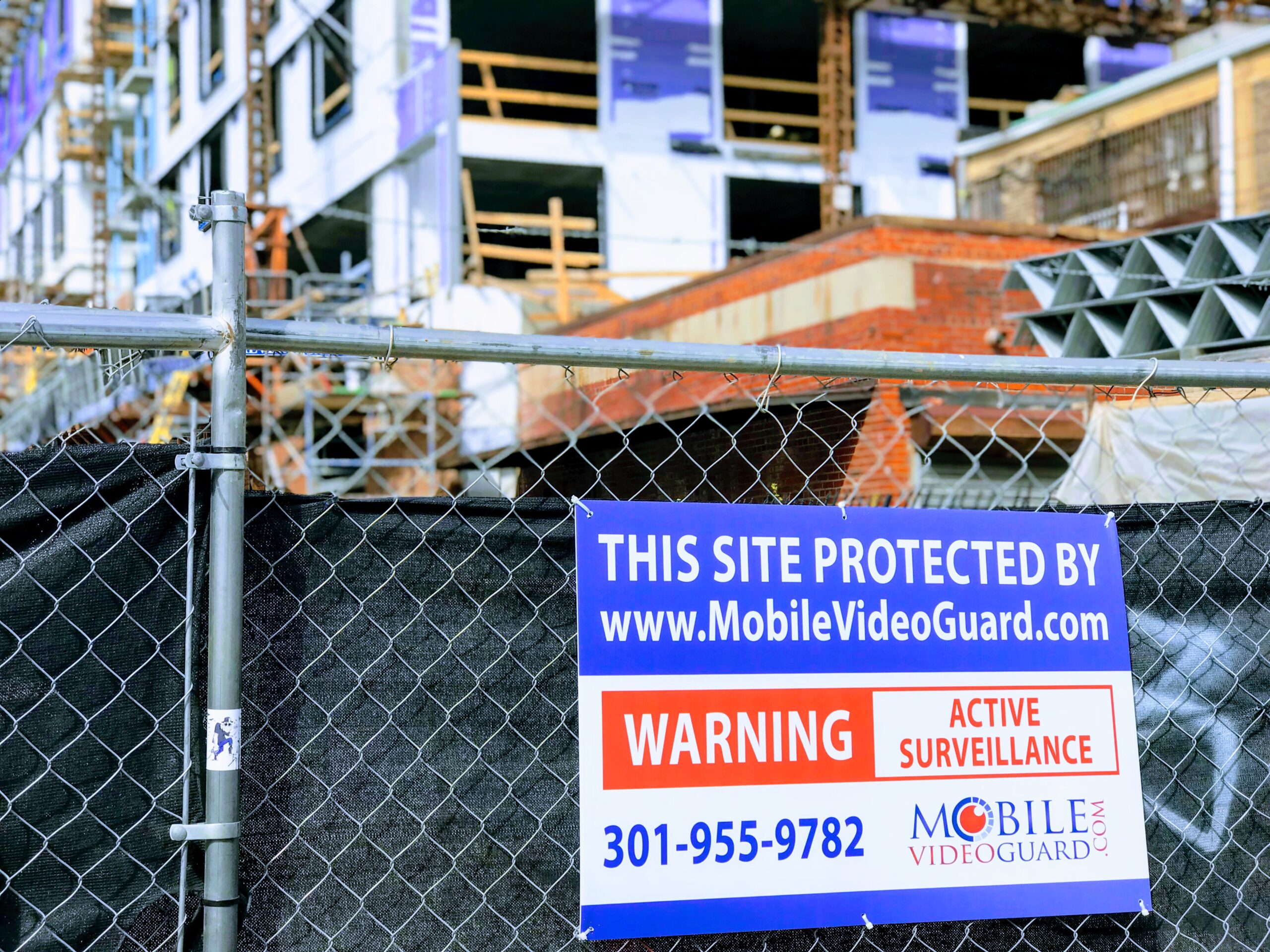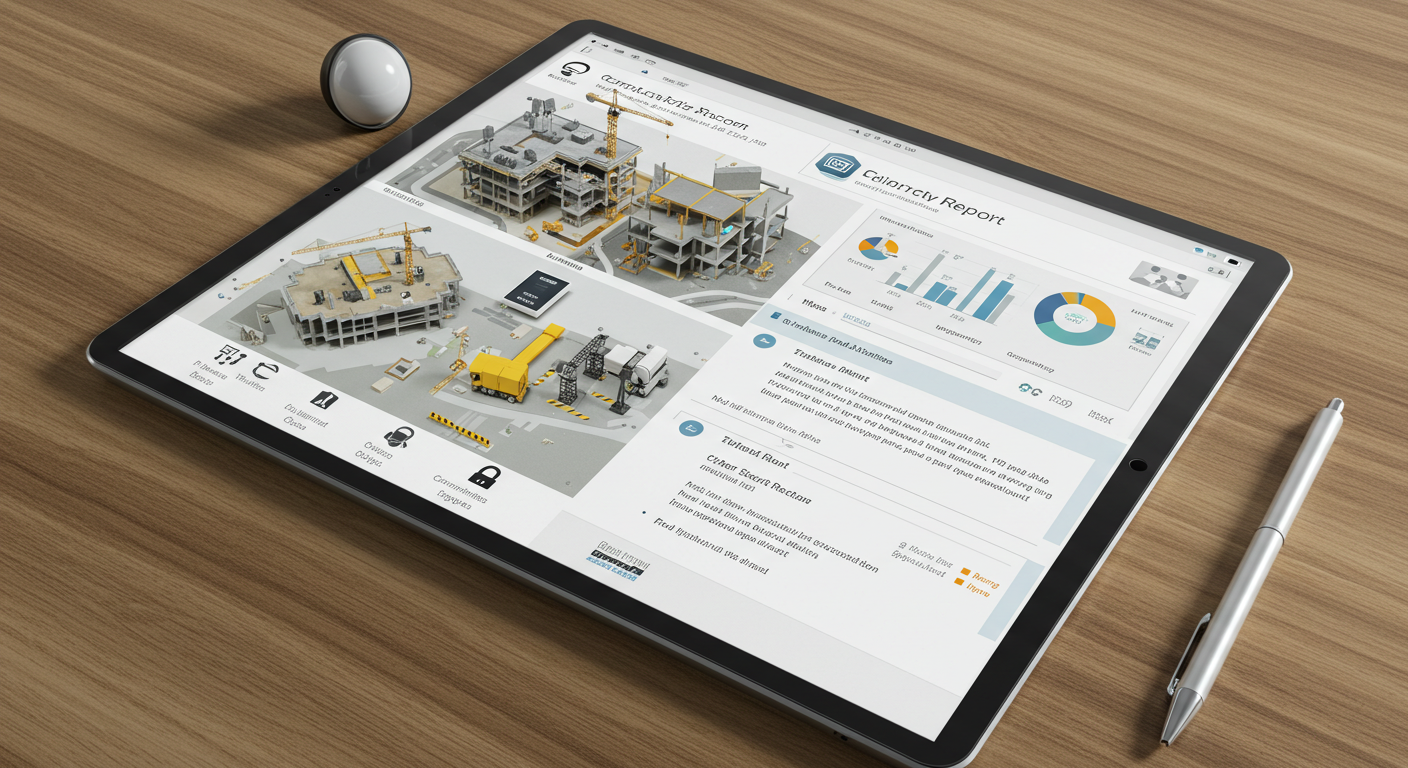What Construction Theft Really Costs Your Business
Construction site theft is often measured by the dollar value of stolen tools, materials, or heavy machinery. But while these direct losses are easy to calculate, they only scratch the surface. The hidden costs—delays, higher insurance premiums, reputational harm, and reduced productivity—can quietly derail a project and cut deeply into profits.
Contractors who focus solely on replacing stolen gear may be ignoring the larger impact theft has on their business. In this article, we’ll break down the less obvious—but just as damaging—consequences of construction theft and offer strategies to avoid them with smarter job site security.
Why the Loss Goes Far Beyond Stolen Tools and Materials
A $5,000 generator might be replaceable within a few days. But what happens to the entire crew when they can’t work until that equipment is replaced? What do you tell your client when timelines slip or the project stalls?
Construction theft sets off a chain reaction:
- A critical item goes missing
- Work halts while replacements are sourced
- Productivity dips, morale declines
- Subcontractor schedules shift
- Project deadlines slide
The result isn’t just a replacement cost—it’s a cascade of financial and operational setbacks that multiply quickly.
Project Delays and Schedule Disruptions
Delays are among the most immediate consequences of job site theft. Without the right tools or materials on hand, workers are left idle or forced to perform workaround tasks that push back the construction schedule.
Project delays can lead to:
- Penalties for missed milestones in fixed-bid contracts
- Extended labor costs due to overtime or schedule changes
- Missed back-to-back job opportunities due to site overlap
- Subcontractor conflicts when schedules are thrown off
For larger projects, even a 48-hour delay can result in tens of thousands of dollars in lost productivity and liquidated damages.
Insurance Claims and Premium Increases
Insurance exists to mitigate risk—but that protection comes at a cost, especially after a theft-related claim. Repeated claims for stolen equipment or materials can trigger:
- Increased premiums year over year
- Stricter policy limitations or exclusions
- Difficulty securing new coverage or being labeled as high-risk
Many contractors don’t realize how significantly their risk rating can be affected by theft incidents, especially if they’re avoidable through better site security. The short-term reimbursement for stolen items could be offset by years of elevated premiums.
Productivity Drops and Costly Rework
Construction is a time-sensitive, resource-driven business. When a site is compromised, the effects ripple through the workflow:
- Crews arrive and find tools missing, creating downtime
- Temporary equipment may lack the functionality of stolen items
- Workers lose focus or feel unsafe, leading to mistakes or slower output
In some cases, theft can result in the destruction or tampering of work already completed. If critical wiring or plumbing is vandalized or stolen, the entire area may need to be redone, driving up costs and further delaying delivery.
Reputation Damage and Lost Business Opportunities
In the construction world, your reputation is everything. When a project is delayed due to theft—or if a client hears that your sites are frequently targeted—it affects your brand credibility.
Impacts include:
- Lost future bids due to perceived risk or unreliability
- Erosion of trust with property owners, architects, and developers
- Lower reviews or word-of-mouth referrals from frustrated clients
Even if theft isn’t your fault, clients expect you to prevent it. A poorly secured site suggests poor overall management—and that perception can be costly.
Client Trust and Long-Term Relationship Strain
Beyond the financial implications, theft damages the relationship between contractor and client. Construction clients expect progress, transparency, and accountability. When a project slows due to stolen materials or missing equipment, tensions rise.
Clients may start to:
- Request more detailed reporting and oversight
- Push back on payment schedules
- Reconsider hiring for future phases or new projects
Maintaining long-term partnerships depends on your ability to deliver as promised—something that becomes harder when site theft disrupts operations.
How to Proactively Avoid These Hidden Costs
The good news? Most of these hidden costs are avoidable with a few smart changes to your job site security strategy. Here’s how:
- Use Mobile Video Surveillance
Unlike traditional cameras that only record, mobile surveillance cameras provide real-time monitoring, motion-triggered alerts, and live deterrents like lights and audio warnings. These systems help:
- Detect suspicious activity before it becomes theft
- Provide footage for investigation or prosecution
- Deter intruders with clear signs of active monitoring
Explore how mobile surveillance can protect your site.
- Tighten Access Control and Crew Tracking
Limit site access to verified personnel using:
- ID badge systems or digital keypads
- Turnstiles or gates at a single point of entry
- Visitor check-in logs
When access is limited, insider threats are reduced, and site control improves dramatically.
- Implement End-of-Day Security Protocols
Create a closeout routine for every shift that includes:
- Locking up tools and valuable equipment
- Checking that mobile cameras are functional and aligned
- Verifying that perimeter lighting is on and fencing is secure
Security isn’t a one-time install—it’s a daily discipline that prevents theft before it starts.
- Train Workers to Stay Alert
Empower your team to be part of the solution by teaching them how to:
- Report suspicious behavior
- Question unfamiliar visitors
- Follow secure tool and equipment storage protocols
Workers who feel responsible for site security are more likely to notice and stop potential incidents.
Conclusion: Protect More Than Just Equipment—Protect the Business
When a theft happens on a job site, the stolen equipment is just the beginning. From delays and insurance hikes to lost clients and productivity drops, the hidden costs of theft can quietly drain profitability and damage your reputation.
The most successful contractors treat security as a core business function—not a backup plan. They understand that safeguarding a site protects not just tools and timelines, but also client trust, crew morale, and long-term growth.
Don’t wait until your next project is disrupted. Protect the full scope of your business with proactive job site security.
Visit Mobile Video Guard to explore mobile surveillance solutions, or contact us to schedule a site assessment today.



